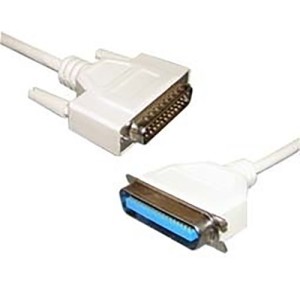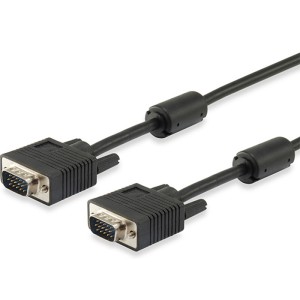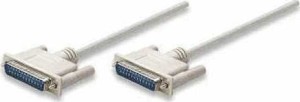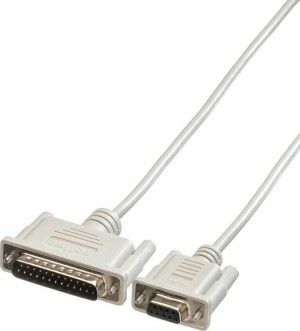-
 PICTURE - SOUND
Money backPROFESSIONAL SOUND
PICTURE - SOUND
Money backPROFESSIONAL SOUND- Professional speakers
- Final Amplifiers
- Microphone Amplifiers - 100 Volt Systems
- Consoles
- Audio Recording - Sound Cards
- Ceiling Speakers - Recessed
- Acoustics - Announcement Horns
- MIDI - DJ Controllers
- Keys & Synths
- DJ-MIXERS
- video matrix
- CD - USB Player
- Audio Processors - Peripherals
- Guitar Amplifiers
- FM Tuners
- Music Products
- Telephones
- Audio Software
- AUDIO / VIDEO consoles
- Conference
- Portable Recorders
- Sound absorbing materials
- Subwoofer
-
 REGIONAL / COMPUTERS
Money back
REGIONAL / COMPUTERS
Money back -
 security systems
Money backALARMS
security systems
Money backALARMS- Wireless Alarms
- Central Tables
- Motion Detectors (Wired)
- Center Keyboards
- Internal Sirens
- Magnetic Contacts (Wired)
- Alarm Accessories
- Lighthouses - Strobe
- Sensors & Detectors
- GSM / GPRS / IP Communication
- Wired Extensions
- Alarm Power Supplies
- Alarm Boxes
- 16.6V / 28V transformers
- Autonomous External Sirens
- Bases - Detector Accessories
- Magnetic Contacts (Wireless)
- Motion Detectors (Wireless)
- Complete Alarm Packages
- Alarm batteries
- Wireless Extensions
- Remote control
- Installer Tools
- Active Infrared Beam
FIRE DETECTION- Conventional Sirens
- Conventional Buttons
- Conventional Bundles
- Addressable Fire Panels
- Addressable Detectors
- Addressable Button
- Addressable Sirens
- Addressable Modules
- Addressable Software
- Conventional Fire Panels
- Conventional Detectors
- Fire Detection Power Supplies
- Autonomous detectors
- Fire Detection Bases
- Expansion Boards
-
 ELECTRONICS / BASES
Money back
ELECTRONICS / BASES
Money back -
 ELECTRICAL / TOOLS
Money back
ELECTRICAL / TOOLS
Money back -
 RESTAURANT CABLES
Money backCABLES
RESTAURANT CABLES
Money backCABLES- Power supply
- Optical fiber
- MIDI
- Sound
- Telephone Cables
- Elements
- DVI Cables
- Alarm cables
- TV - SAT cables
- Network - UTP
- Scart
- RCA Cables
- USB Cables
- JACK cables
- Electrical
- XLR Cables
- VGA-Cables
- Power supply
- HDMI Cables
- Arranging cables
- CCTV cables
- In parallel - Serial
- Firewire - IEEE
- DisplayPort
- speakon
- Internal PC
- SMA
-
 Tourism Professionals -5%
Tourism Professionals -5%
 Transport companies - Taxi -5%
Transport companies - Taxi -5%
 Commercial Companies / Stores -5%
Commercial Companies / Stores -5%
 Industries / Laboratories -5%
Industries / Laboratories -5%
My cart
Products:
{{(cartTotal * selectedCurrency.rate).toFixed(2)}}€ - {{(cartDefaultCouponDiscount * selectedCurrency.rate).toFixed(2)}}€
{{((cartTotal - cartDefaultCouponDiscount) * selectedCurrency.rate).toFixed(2)}}€
Total : {{(cartTotal * selectedCurrency.rate).toFixed(2)}}€
Total Weight: {{cartProductWeightTotal}} g
Your cart is empty
5462
Lancom, C131-M9MM PC Cable Serial 9 PIN Male / Male 1.8m.
Parallel and serial cables are two different types used to transfer data between different devices. Both kinds of cables have their own importance and utility depending on the system requirements.
Parallel connection cables are used to transfer data between devices where speed is not a critical factor. They are commonly used on older devices such as old printers, scanners and some old external storage drives. A parallel connection allows data to be transferred in parallel over several wires at the same time, but has the disadvantage of the possibility of signal distortion due to differences in the length of the wires.
In contrast, serial connection cables are used in more modern devices where speed and reliability of data transmission are critical. We commonly find these cables on external storage drives such as hard drives and SSDs, as well as on networking devices. The serial connection transfers the data one by one over a cable, ensuring high reliability and resistance to signal distortions.
Both types of cables have their usefulness in different environments and uses. Parallel connections are more suitable for limited applications where speed is not critical, while serial connections are preferred for high speed and reliability requirements.
Ideally, parallel connections are suitable for older systems or devices that do not require high transmission speeds, while serial connections are preferred for modern systems and devices where speed and reliability are critical factors.
Parallel connection cables are used to transfer data between devices where speed is not a critical factor. They are commonly used on older devices such as old printers, scanners and some old external storage drives. A parallel connection allows data to be transferred in parallel over several wires at the same time, but has the disadvantage of the possibility of signal distortion due to differences in the length of the wires.
In contrast, serial connection cables are used in more modern devices where speed and reliability of data transmission are critical. We commonly find these cables on external storage drives such as hard drives and SSDs, as well as on networking devices. The serial connection transfers the data one by one over a cable, ensuring high reliability and resistance to signal distortions.
Both types of cables have their usefulness in different environments and uses. Parallel connections are more suitable for limited applications where speed is not critical, while serial connections are preferred for high speed and reliability requirements.
Ideally, parallel connections are suitable for older systems or devices that do not require high transmission speeds, while serial connections are preferred for modern systems and devices where speed and reliability are critical factors.





